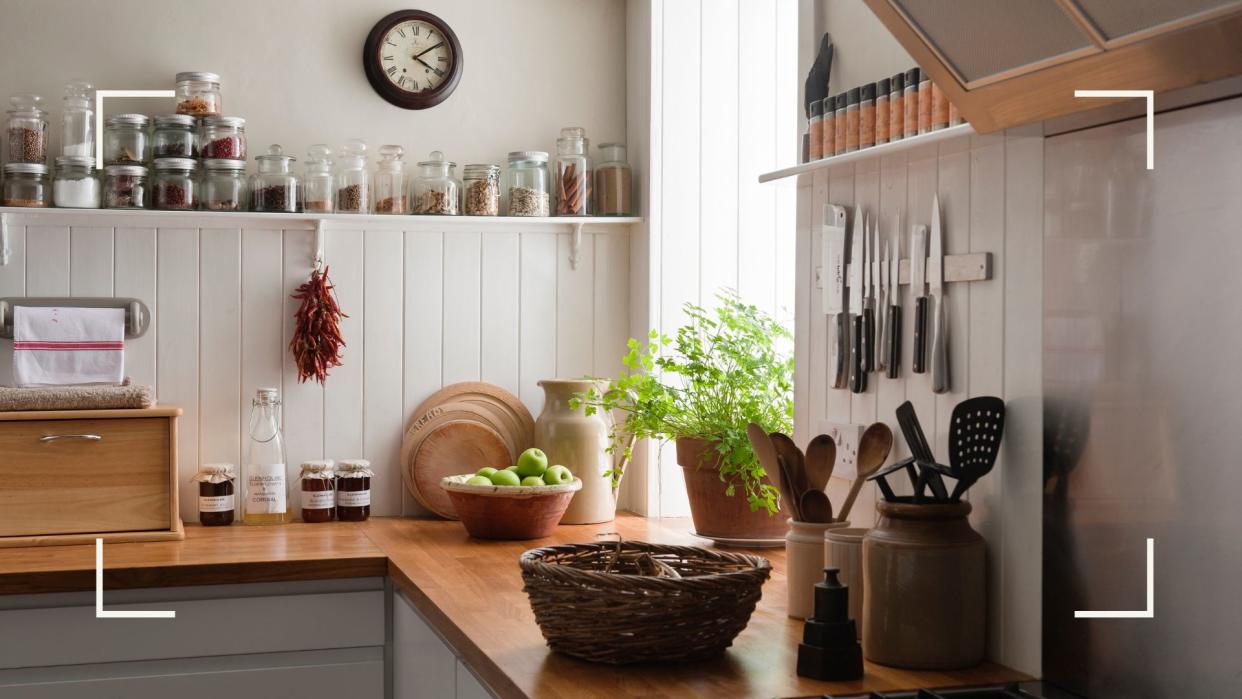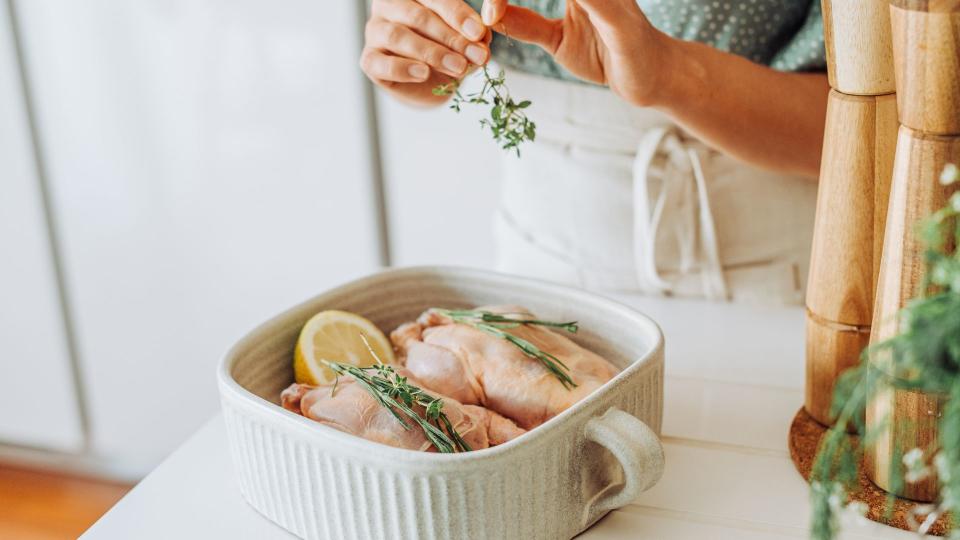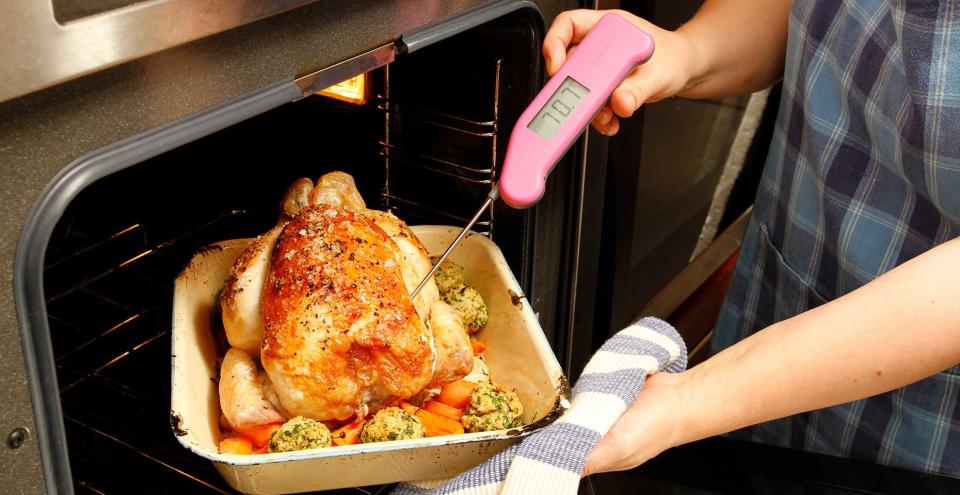Head Chef reveals the kitchen item every household should have

Whether you’re a culinary star or a chef out of necessity, there are certain kitchen essentials that every home needs. Aside from the usual knives and mixing spoons, you might be surprised by this one utensil that a head chef has said is a kitchen necessity.
When it comes to organising kitchens there are probably only a small number of kitchen essentials many of us use regularly, however, there is one item that should have a place in your organised kitchen drawers that might not be there yet.
Head Chef at Campbells Meat, Stevie Cheape says the one kitchen item every household should have is a meat thermometer.
Stevie feels this utensil is non-negotiable and should be used with every meal where appropriate. According to research conducted by Safefood, 45% of people said that not knowing when meat was thoroughly cooked was the hardest part of cooking.

Many of us have probably spent years cooking meat without a thermometer and may be wondering why this kitchen gadget is so necessary. Stevie explains, "Whether you're preparing a succulent roast, a perfectly seared steak, or delicate poultry, a meat thermometer ensures consistency, and that is the foundation of what can take an average cook to a seasoned one."
Not only can using a thermometer allow you to achieve the perfect cooking timing it will also ensure your meat is consistently cooked to a high standard as well as help you avoid any risk of food poisoning.
Stevie lists several reasons why having a meat thermometer can improve your experience in the kitchen, the first being precision. "Knowing the exact temperature certain cuts need to cook until means you have fewer things to worry about, making the cooking process less stressful and the flavours more precise," he says.
This in turn means less guesswork, a higher level of food safety and a much more enjoyable meal especially, when it comes to learning how to BBQ right.
There are a few important rules to remember when using a meat thermometer, explains woman&home's former senior food writer Jessica Ransom. "When cooking chicken it's important to put the probe in the thickest part of the meat but don't touch the bone. It should read 74C and juices will run clear," she explains.
"When it comes to steak there's a little more differentiation depending on how you like it, but she recommends keeping the temperature between 48-72C. "

What to use if you don't have a meat thermometer
Although it's recommended to add a meat thermometer to your kitchen, in the meantime perhaps you'd like a few tips to ensure your meals are the tastiest they can be and for that Stevie has shared the professional ways you can test your meat.
Touch method: If you don't have a meat thermometer then the traditional touch method is a helpful alternative. "Poke the meat, and it should feel different for rare, medium, or well-done," explains Stevie. He does however warn that this method takes practice and you will need to compare the resistance of the meat to the palm of your hand to guage its doneness. The softer the resistance the rarer the meat.
Timer: Perhaps the most common method for most, but using a timer for approximate cooking times is the easiest way to cook your meat. Although Stevie does have an issue with this method, he says "Be aware that it's less accurate as times can differ depending on the size of your meat." A factor worth considering when calculating your Christmas turkey size.
Visual clues: This may be the least trustworthy method for ensuring your meat is cooked both safely and to a high level of quality. However, Stevie says to look out for browing, juices running clear or the flesh turning opaque as these visuals can guide you to how cooked your piece of meat is.


